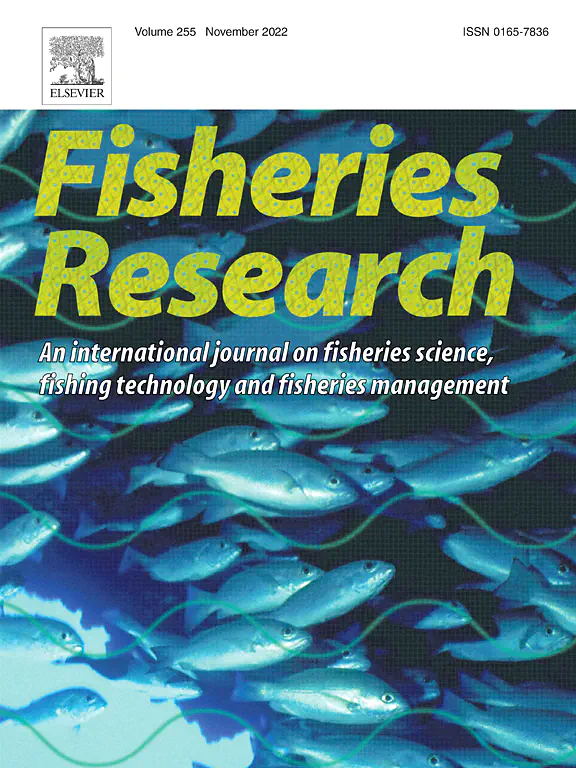Fish stock mass reduction is indicated in standard abundance and biomass estimates from gillnets and hydroacoustics

Abstract
Gillnetting is a technique commonly used in relative abundance and biomass estimates of fish. However, due to its passive nature, the direct recalculation of the catch to reservoir volume or area is not trivial. This issue is often solved by using hydroacoustics, which provides information about fish density, though without the ability to distinguish species. However, the precision of such density estimates are also questionable. In this study, we estimated the abundance and biomass of dominant fish species before and after a biomanipulation program (fish removal) in 2020 using gillnetting and hydroacoustic surveys in a temperate reservoir. Between the two sampling periods, nearly 27,000 individuals (9000 kg) older than 0 + of bleak (Alburnus alburnus) and bream (Abramis brama) were removed during the biomanipulation program. Decreases in abundance and biomass estimates were expected for both techniques and both species. The gillnet decrease was 68% in CPUE (catch per unit of effort) and 48% in BPUE (biomass per unit of effort) for both species and all gillnets grouped together. Hydroacoustic observations showed a decrease of approximately 79% in abundance and 74% in biomass after fish reduction. Considering the numbers and biomass of fish removed, the absolute hydroacoustic estimates were underestimated for fish abundance but credibly estimated for biomass. The average weight of the fish taken was between the values of the fish caught with gillnets and the weights determined by hydroacoustics. In terms of results, both methods appear to be a suitable tool for estimating fish abundance and biomass in large inland waters, although the spatial and temporal distribution of fish of different sizes should be considered when using different sampling methods for fish monitoring.